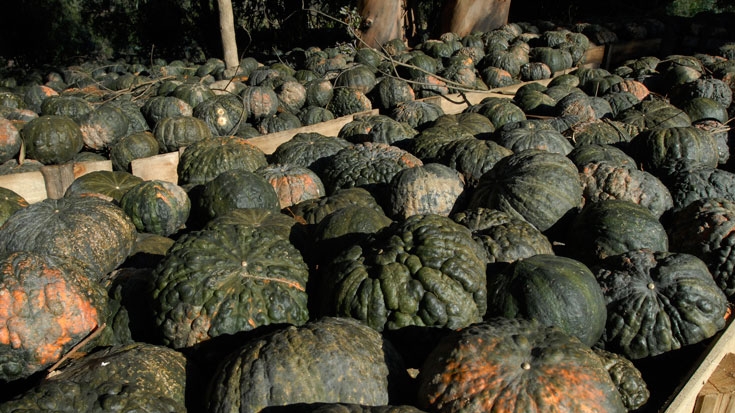A physician walks into a New York supermarket, stops at the meat department, sees a cut he likes, takes out his cellphone and scans the QR code on the label. The app informs him when the animal was killed, where it grew up and what it was fed. The app even provides a link if he wants to learn more about the ranch where it was raised.
This technology is not yet available, but it could become a reality very soon, thanks to programs such as the National Livestock Information System implemented in Uruguay, which provides details on every stage in the raising and processing of an animal, from a farm in the Uruguayan countryside to a supermarket in Manhattan. All of this information on the label is part of the growing demand in developed countries for better information on the origin of foods, the way they are processed and the treatment given to animals used for meat.
50 million
Uruguay wants to take advantage of this opportunity. This country of just three million inhabitants went from producing food for nine million people in 2005 to food for 28 million currently. The goal is to be able to feed 50 million people.
The fact that the 12 million cows in Uruguayan pastures have chips inserted into their ears to collect all of that information is just one of the steps the country is taking to become what officials call “an agriculturally-smart country.” Uruguay’s Minister of Livestock, Agriculture and Fishing, Tabaré Aguerre, was in Washington to share this vision with several organizations, including the World Bank, the Inter-American Development Bank and the U.S. Department of Agriculture.
Aguerre became minister just over three years ago. He proposed developing his term around three main issues: rural development with differentiated policies for family farming, an emphasis on adaptation to climate change and capacity-building for soil management.

